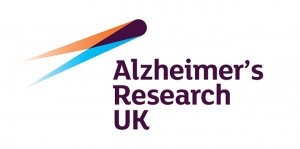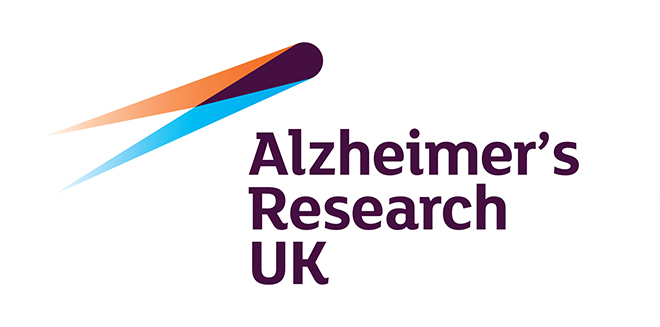Size Of The Brain’s Memory Centre Indicates Risk Of Dementia With Lewy Bodies
 A US study of people with mild memory and thinking problems suggests that monitoring the size of a brain structure called the hippocampus could indicate the specific cause of dementia in those who develop the condition later in life. The research, published today (November 2) in the journal Neurology, shows that the hippocampus is much less likely to shrink in those who later have dementia with Lewy bodies compared to those who go on to develop Alzheimer’s disease.
A US study of people with mild memory and thinking problems suggests that monitoring the size of a brain structure called the hippocampus could indicate the specific cause of dementia in those who develop the condition later in life. The research, published today (November 2) in the journal Neurology, shows that the hippocampus is much less likely to shrink in those who later have dementia with Lewy bodies compared to those who go on to develop Alzheimer’s disease.
Dementia with Lewy bodies (DLB) affects over 100,000 people in the UK and can lead to symptoms like memory loss, attention problems and hallucinations. Like Alzheimer’s disease, DLB involves proteins building up in the brain, damaging nerve cells and causing areas of the brain to shrink. The two diseases have characteristic but overlapping symptoms, which doctors assess in order to make a diagnosis. The symptoms of each disease won’t necessarily progress at the same rate or in the same way for any two individuals and it can be extremely challenging for doctors to distinguish between the two illnesses.
While brain scans can be useful in providing doctors with supporting information for a dementia diagnosis, they aren’t able to conclusively show which disease processes might be affecting the brain. In Alzheimer’s disease, shrinkage of a part of the brain called the hippocampus– an area involved in the formation of new memories – is often the first change that standard brain scanning techniques are able to reveal.
This study involved 160 people with mild cognitive impairment – memory and thinking problems that aren’t as severe as dementia but increase the risk of the condition. The researchers used MRI brain scans to measure the size of the hippocampus in each participant, repeating these over time to assess changes in the size of this key brain region.
After these scans the participants were followed up with clinical memory and thinking assessments for an average of two years. Sixty-one people developed Alzheimer’s disease and 20 people developed dementia with Lewy bodies during this follow up period. Of these people, those who showed no change in hippocampus size were 5.8 times more likely to develop suspected dementia with Lewy bodies than those whose hippocampus showed signs of shrinkage.
Dr Laura Phipps of Alzheimer’s Research UK said:
“While this small study doesn’t deliver a definitive approach to tell if a person with memory and thinking problems will develop Alzheimer’s or dementia with Lewy bodies, it highlights the important role brain scans can play in distinguishing between the two diseases. At the moment, the only way to be 100% sure of a specific dementia diagnosis is by examining brain tissue after death, but innovative technologies have the power to change this. The results of this study will need to be confirmed in larger studies of people with a confirmed diagnosis.
“An estimated 225,000 people develop dementia every year and accurate, timely diagnosis is crucial if they are to be offered the most appropriate treatment, care and support. There is a particular need to reliably identify people with dementia with Lewy bodies, as some drugs used to help those with other dementias can have serious side effects for people with this disease.
“New drugs being tested for dementia are likely to be most effective when people take them in the earlier stages of the disease. Techniques to improve diagnosis will be an important part of future treatment strategies and they will only come about if we drive their development by investing more in research.”






